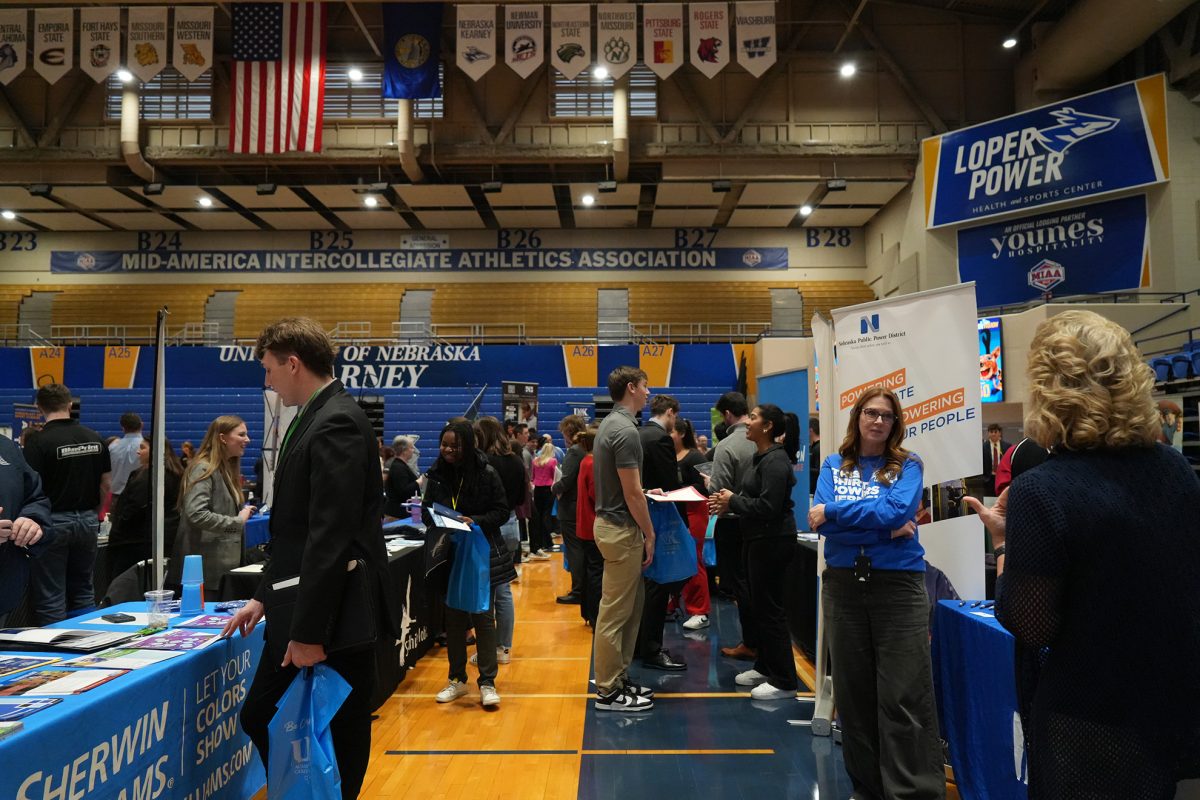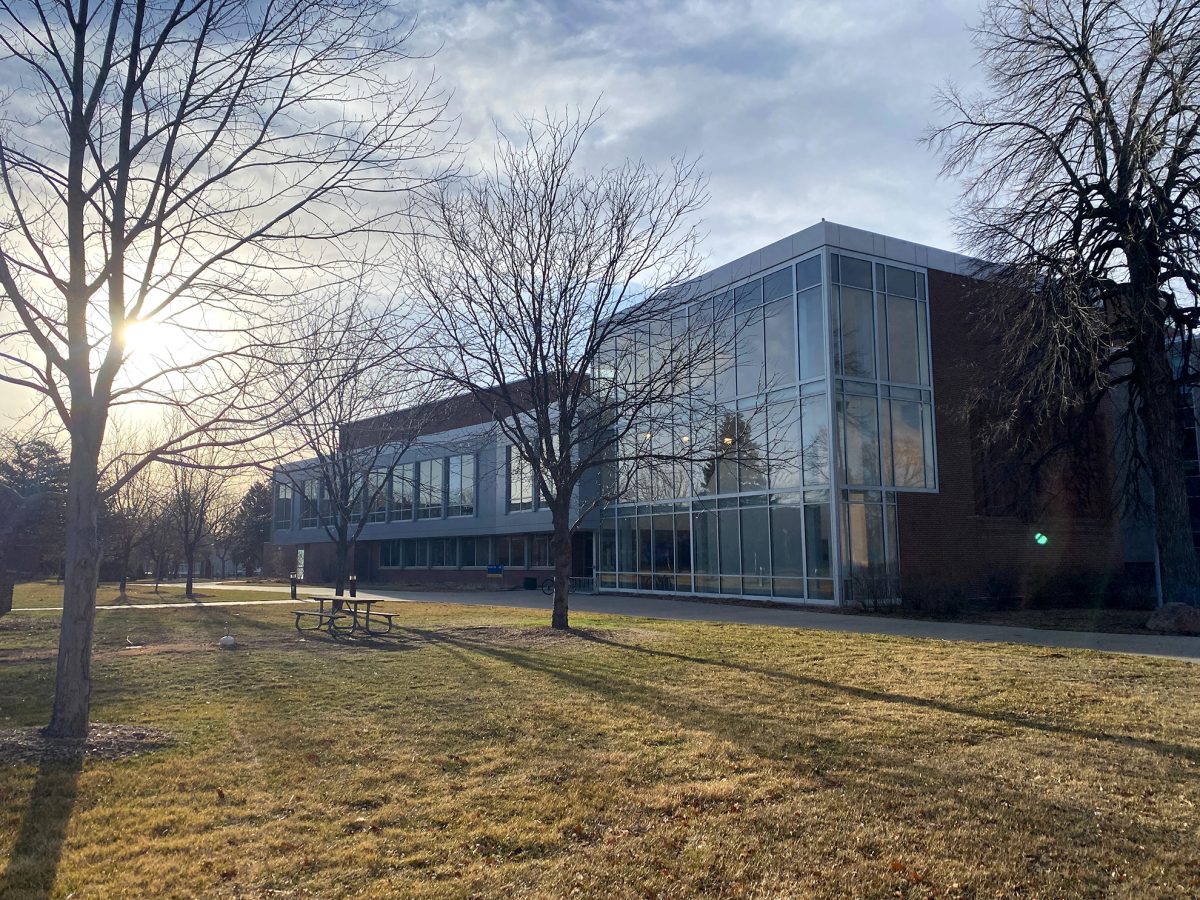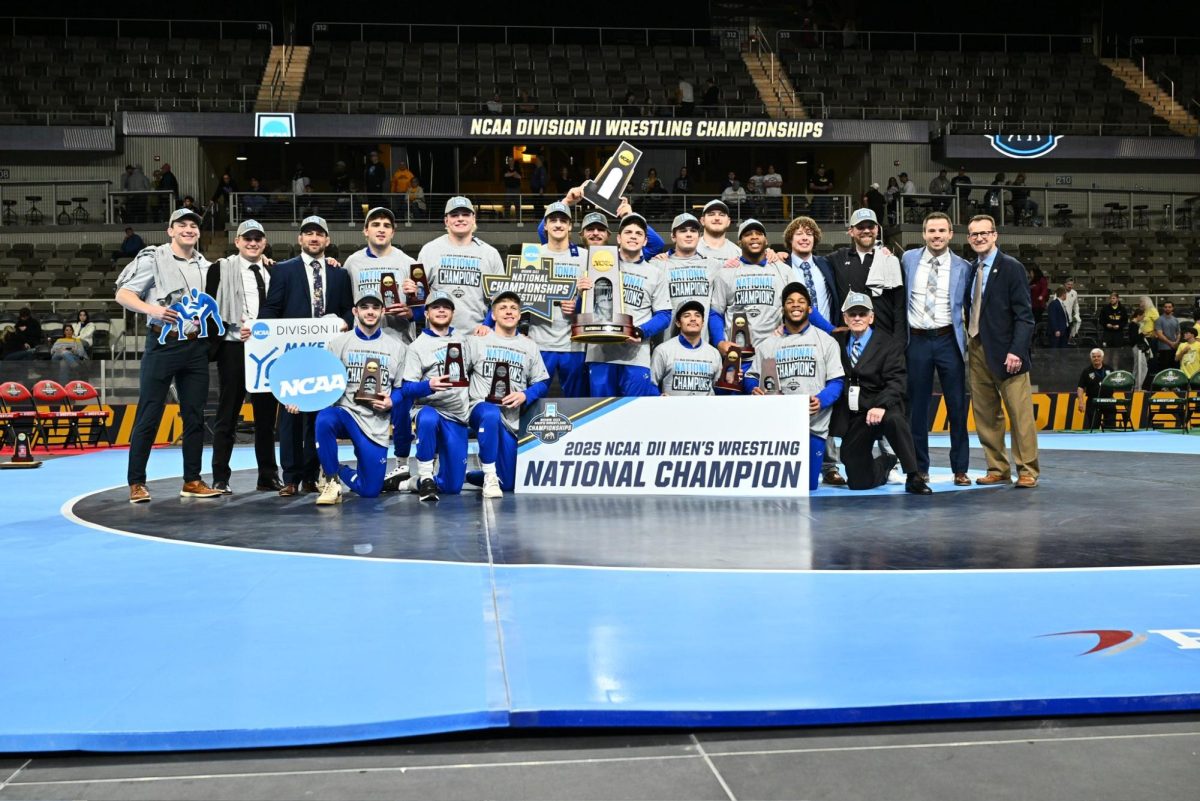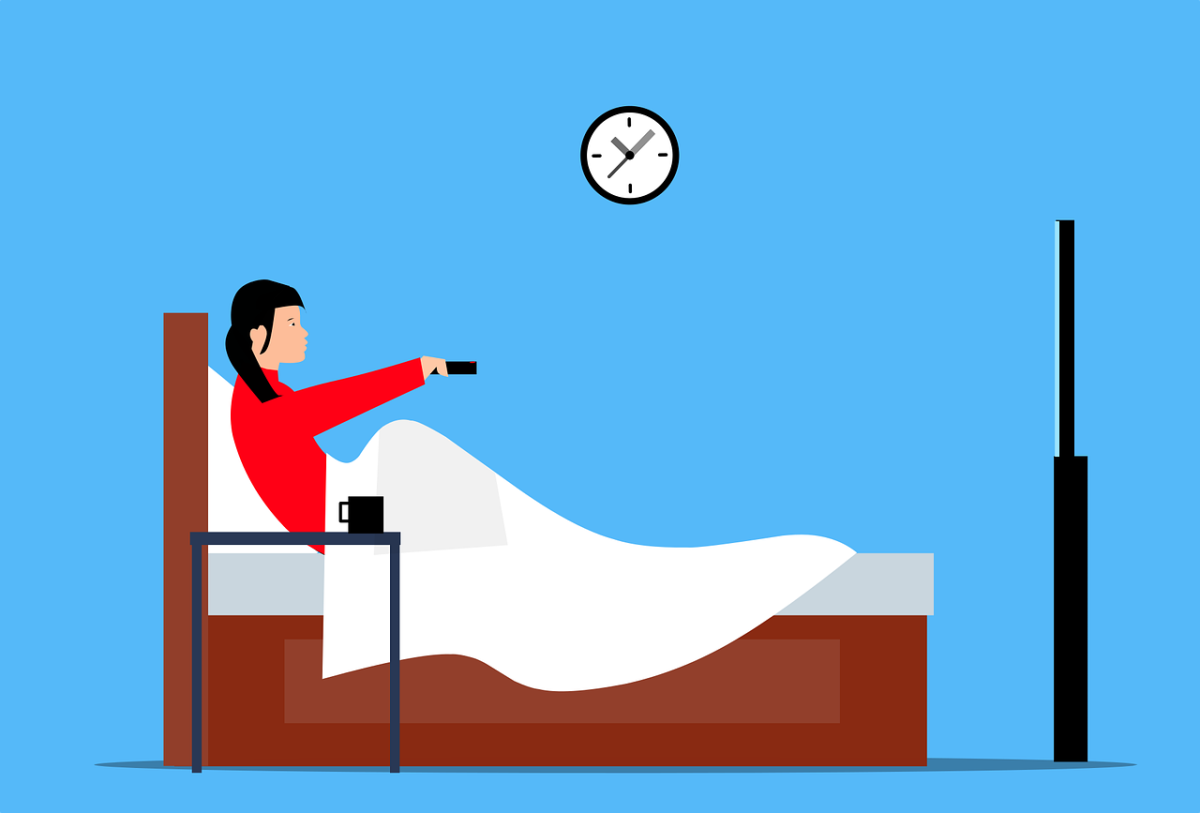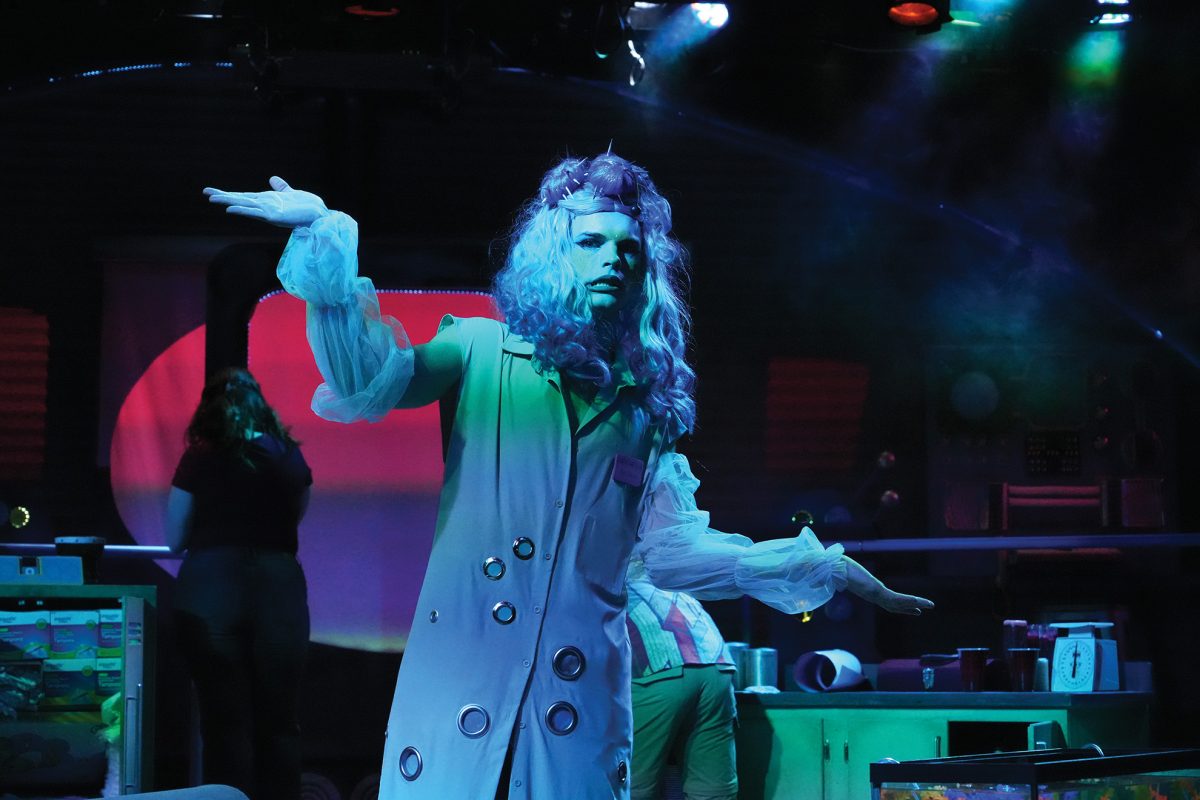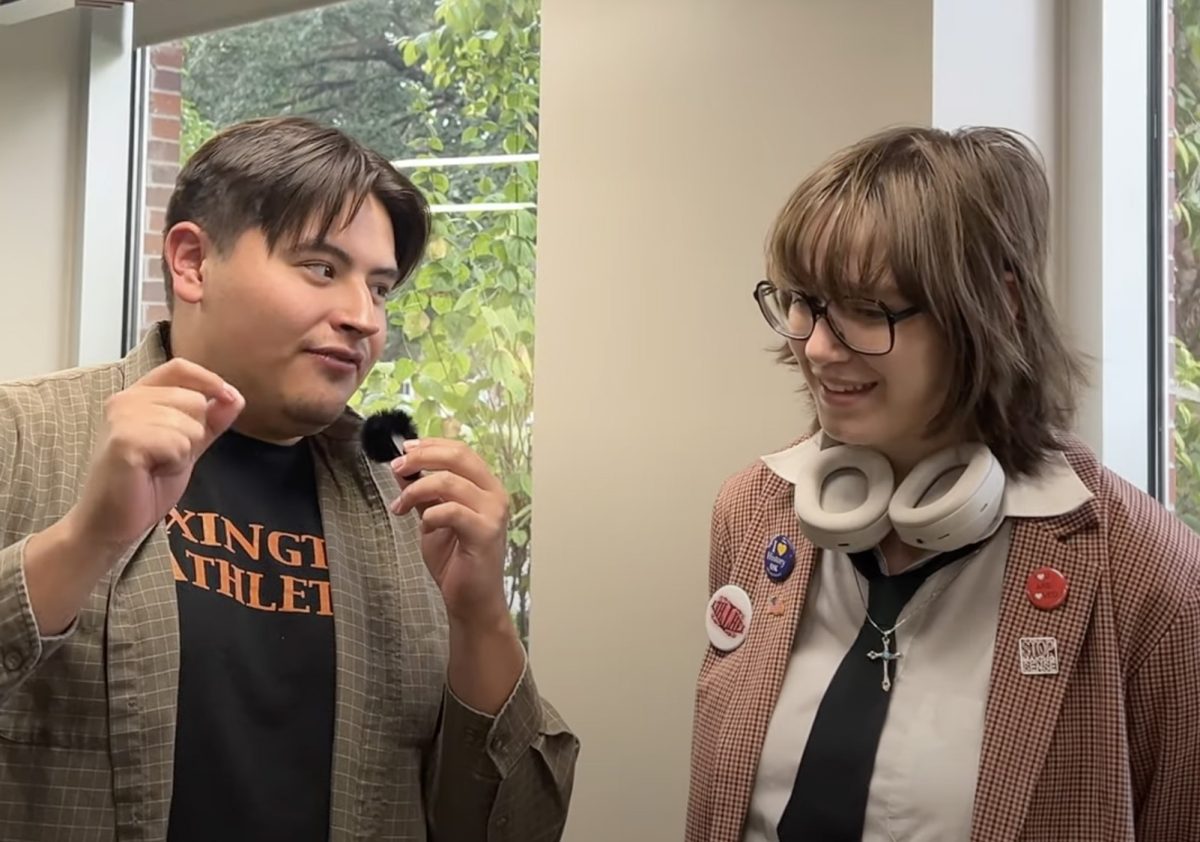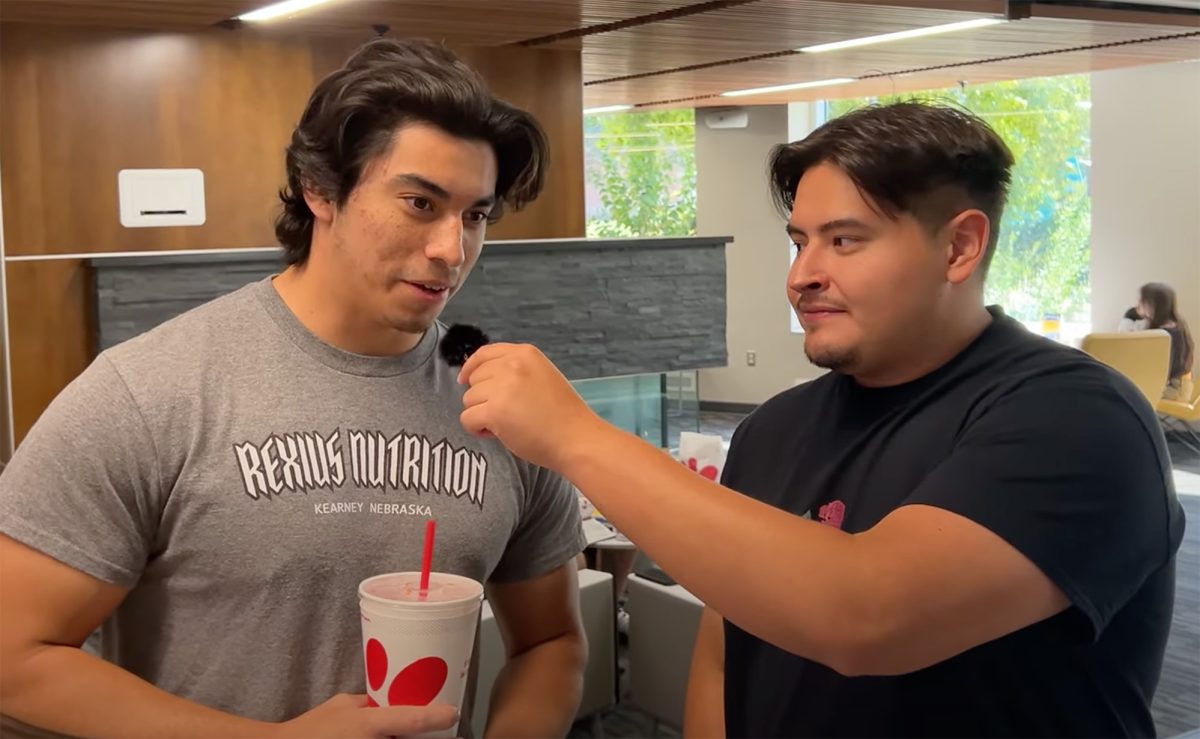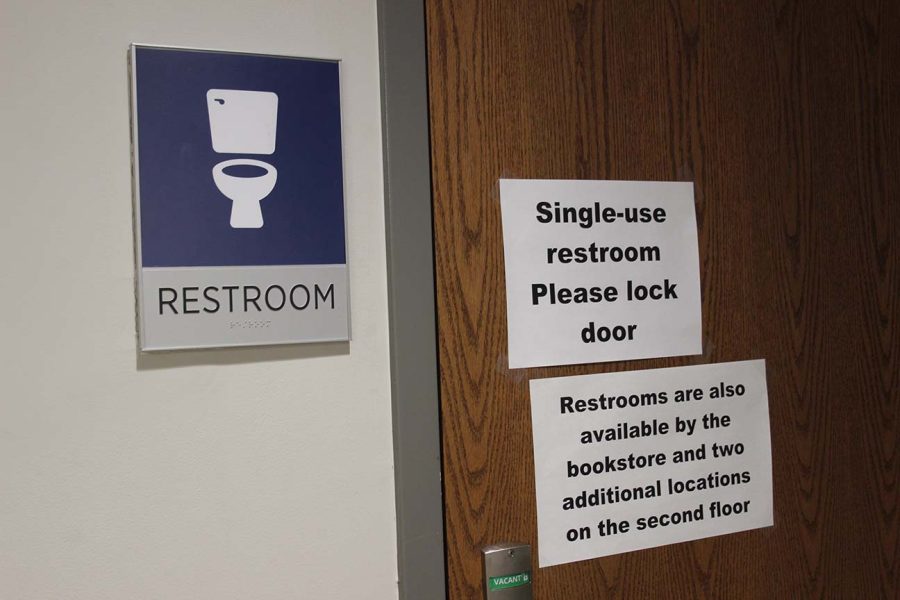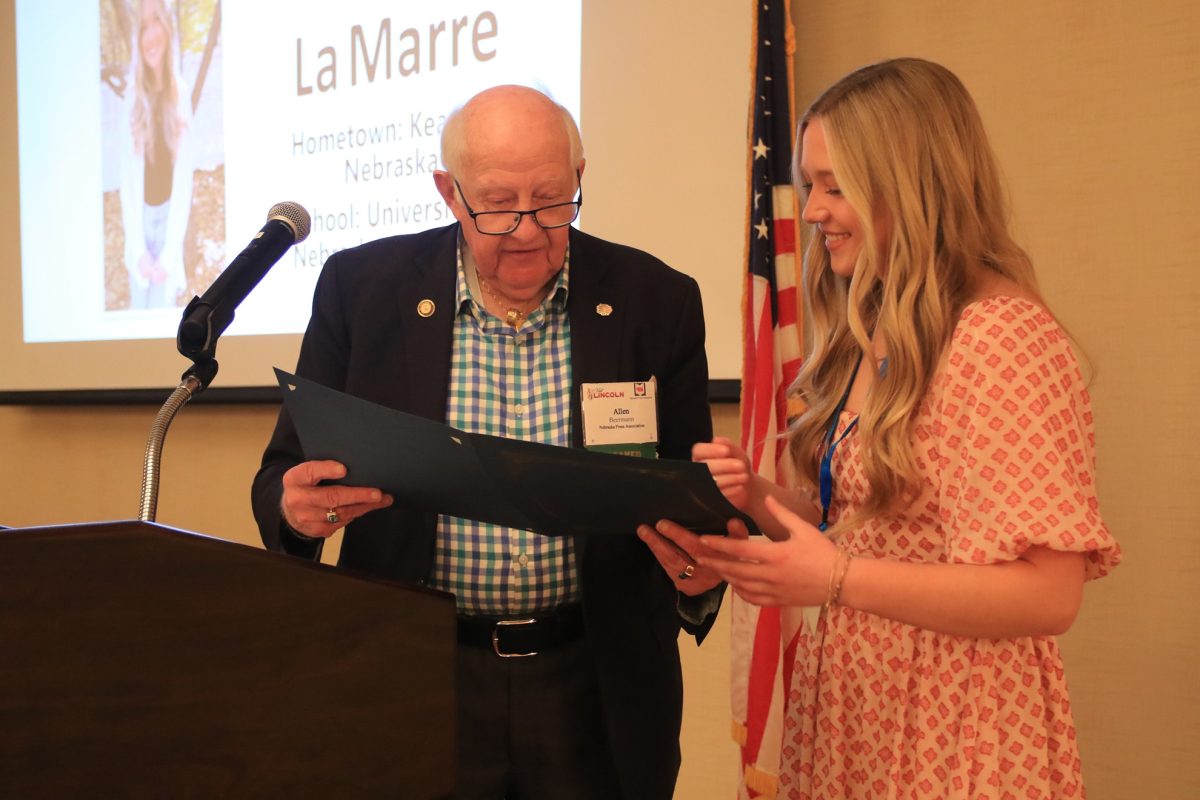When students in the Nebraskan Student Union hear nature’s call, they dash to the main restrooms beside the Student Engagement offices. Students will realize right away that these bathrooms stand out from the others in the Union.
The signs with the white woman and man were replaced by simple toilet designs — one of which is joined by the silhouettes of a baby and a handicapped individual.
This change, along with locks installed on the main doors, was meant to jumpstart the gender-neutral bathrooms initiative at UNK, but the lack of communication and planning has caused confusion among the students.
This initiative is a step in the right direction, but we’re not there yet.
UNL and UNO have established easily-accessible, all-inclusive restrooms for students to use. We’re happy that UNK is jumping on this bandwagon, but banishing the gender symbols and throwing on locks was not the most efficient strategy to launch this initiative.
The Nebraska University system is attempting to change a norm. Without indicating men’s and women’s signs, people naturally ask themselves, “Which door do I go into?” Many cannot help being confused.
The administration tried to remedy this by taping up signs that say, “Single-use restrooms. Please lock door.” This would have been more helpful when the initiative started, instead of a week later as an after-thought.
Even if people understand the single-use restrooms, there are still four stalls in one and three urinals in the other.
Gender stereotypes aside, the locks on the main doors establish that purpose, but people are not programmed to lock the main door to a restroom originally intended for multiple people.
We know the last thing UNK needs is another construction project, but these bathrooms are not up to code.
Problems may also arise because the single-use restrooms are in a high-traffic area in the Union. It’s the main restroom location for students who are studying or eating, Sodexo employees, Student Engagement staff members and visiting families. Campus visit groups often take bathroom breaks down that hallway on the way to the Centennial Towers.
There is no need to add a restroom line to the Starbucks, Chick-Fil-A and Subway lines.
On a more urgent note, the locks on the main doors are a potential sexual assault risk.
Someone could enter the restroom, lock the door and violate whoever may be using it as a multiple-person restroom. This is a threat to people of all genders, including to transgender individuals who may be discriminated against.
The confusion may cause passersby to look for an alternative restroom because no one knew about this when it started. Change will not happen because labels were slapped onto the restrooms, and university officials are aware of this.
Restructuring the restrooms requires planning, thorough communication and remodeling. An email from Maha Younes, the chief diversity coordinator, would have been beneficial, or wait to remodel until the summer if it can’t occur during the school year.
What’s important is that this initiative is done right with all the bases covered. For example, perhaps feminine products should be provided in each.
The Office of Diversity and Inclusion is a great example of a positive contributor to culture on this campus. These steps should not be overshadowed by confusion. We support the initiative to make campus a welcoming place for all.
Why aren’t we telling others about it?



